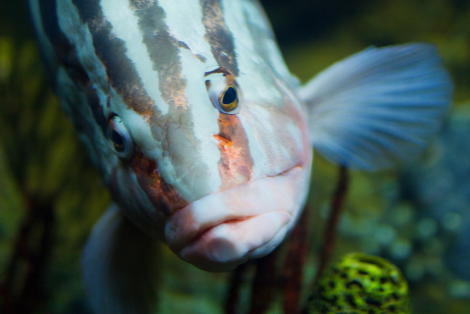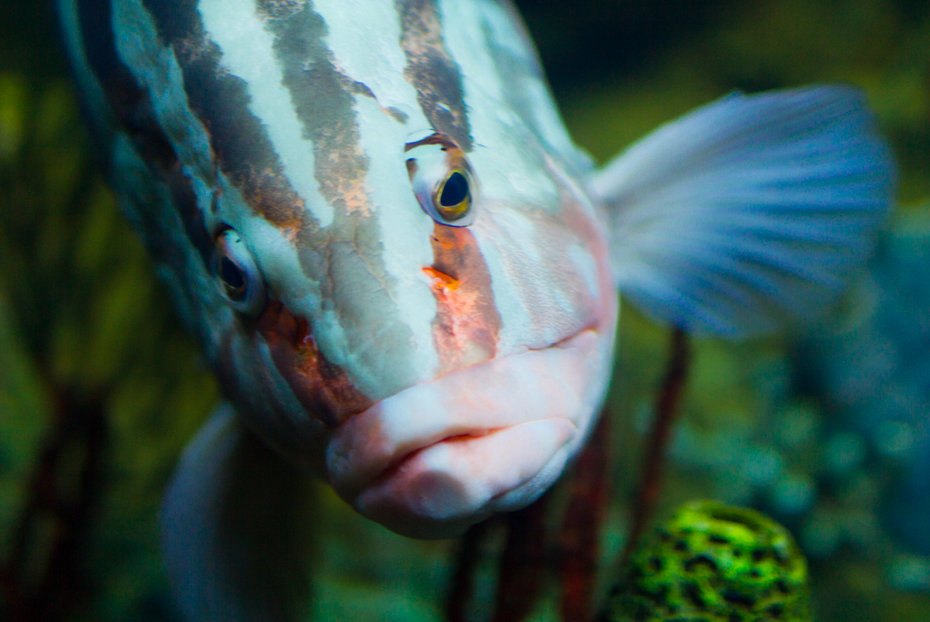
Michael BentleyI’m sad, you guys.
Everything that ends up in our waste stream messes with fish, from the estrogen in birth control to synthetic fertilizer. That isn’t news. The new part is that seemingly inconsequential amounts of Prozac and Zoloft can interfere with fish brain development — and instead of cheering them up, it has the effect of a Cure album on a 14-year-old. (Slipknot? Whatever the kids listen to these days.) Scientific American reports:
When fish swim in waters tainted with antidepressant drugs, they become anxious, anti-social and sometimes even homicidal …
Male minnows exposed to a small dose of the drug in laboratories ignored females. They spent more time under a tile, so their reproduction decreased and they took more time capturing prey… [T]he doses of Prozac added to the fishes’ water were “very low concentrations,” 1 part per billion, which is found in some wastewater discharged into streams.
I’m pretty sure Prozac is NOT supposed to make you hide under a tile.
So, how are Zoloft and Prozac getting into the water in the first place? Our pee. Oops. But don’t just blame antidepressant users for not holding it — it’s also that water treatment plants are basically failing at their ONE job, treating our water. Plants often don’t test for chemicals in their wastewater, so they don’t even know that their current treatment approach doesn’t do a great job filtering out pharmaceuticals. One antidepressant, Tegretol, is basically unaffected by the treatment process.
“Even if the levels [of Prozac, Effexor, and Tegretol] released into streams seem low, they are constant, which is problematic,” continues Scientific American. This is because the drugs gradually accumulate in fish, just like they do in people (that’s why it takes your antidepressants a few weeks to kick in).
The freakiest part? Our brain gene structure isn’t THAT different from fish (at least yours isn’t! Zing!), so these trace drugs could be hurting our health too. Yikes.



